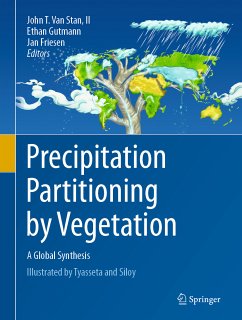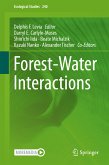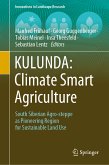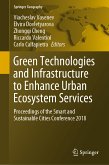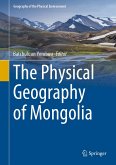This book presents research on precipitation partitioning processes in vegetated ecosystems, putting them into a global context. It describes the processes by which meteoric water comes into contact with the vegetation's canopy, typically the first surface contact of precipitation on land. It also discusses how precipitation partitioning by vegetation impacts the amount, patterning, and chemistry of water reaching the surface, as well as the amount and timing of evaporative return to the atmosphere. Although this process has been extensively studied, this is the first review of the global literature on the partitioning of precipitation by forests, shrubs, crops, grasslands and other less-studies plant types.
The authors offer global contextualization combined with a detailed discussion of the impacts for the climate and terrestrial ecohydrological systems. As such, this comprehensive overview is a valuable reference tool for a wide range of specialists and students in the fields of geoscience and the environment.
Dieser Download kann aus rechtlichen Gründen nur mit Rechnungsadresse in A, B, BG, CY, CZ, D, DK, EW, E, FIN, F, GR, HR, H, IRL, I, LT, L, LR, M, NL, PL, P, R, S, SLO, SK ausgeliefert werden.

